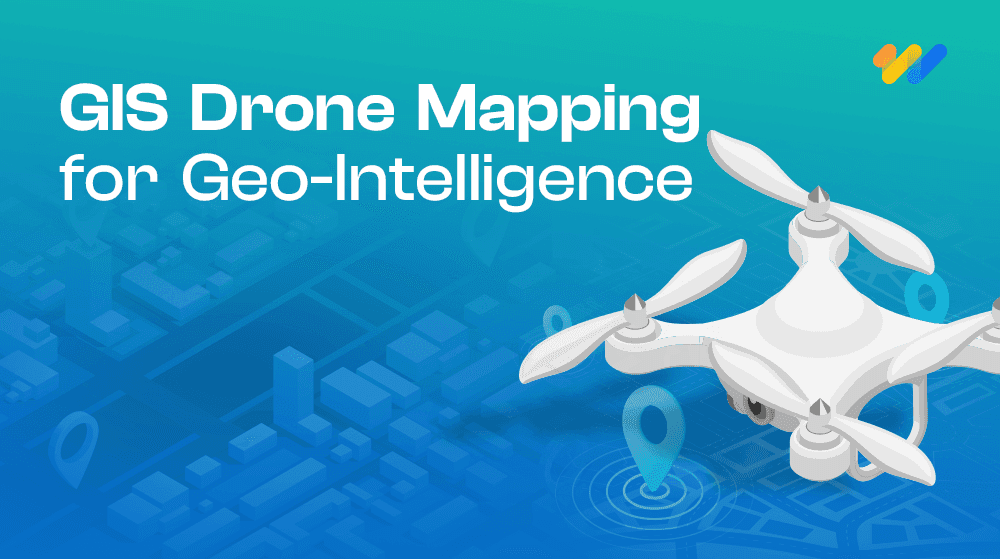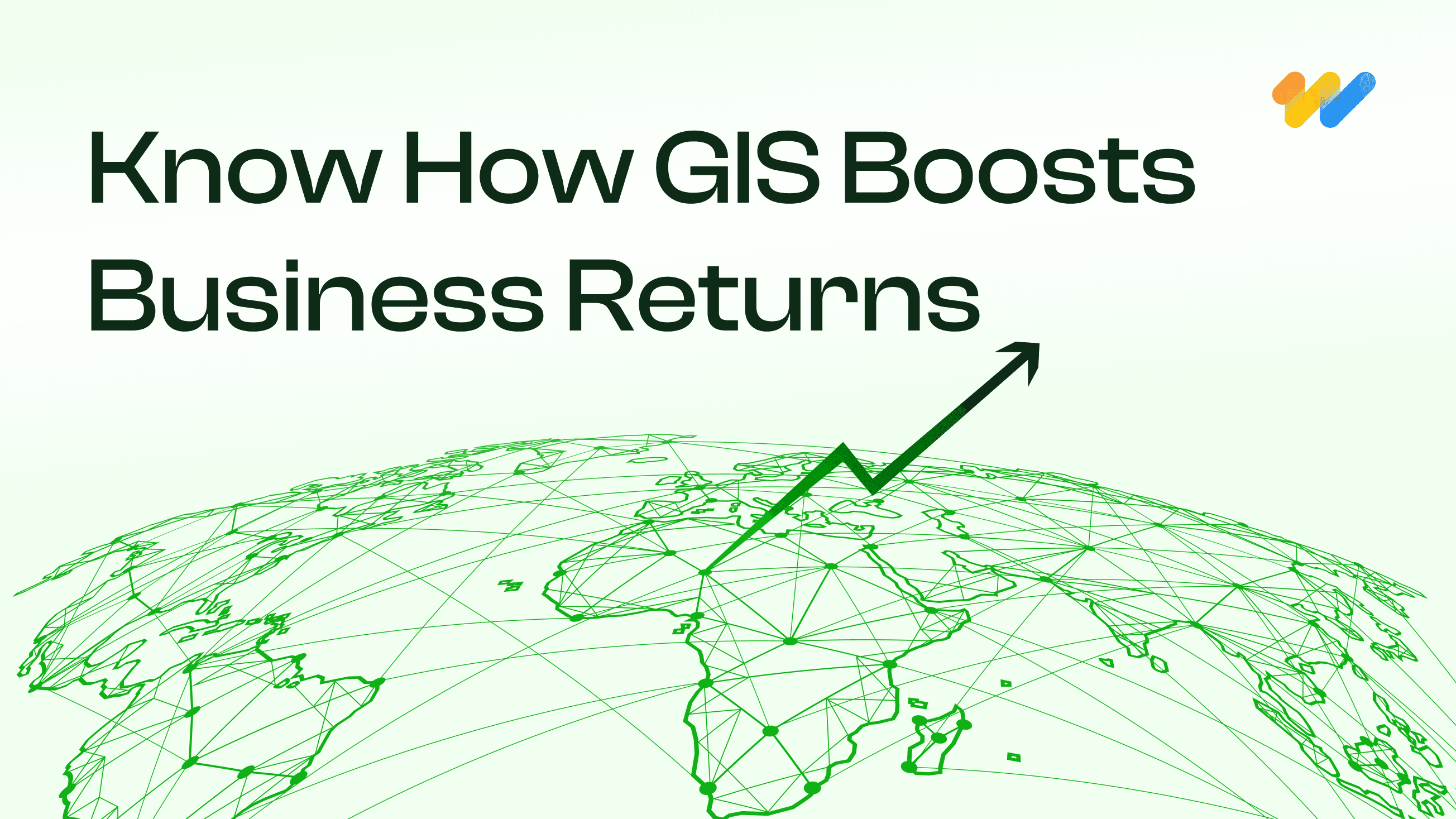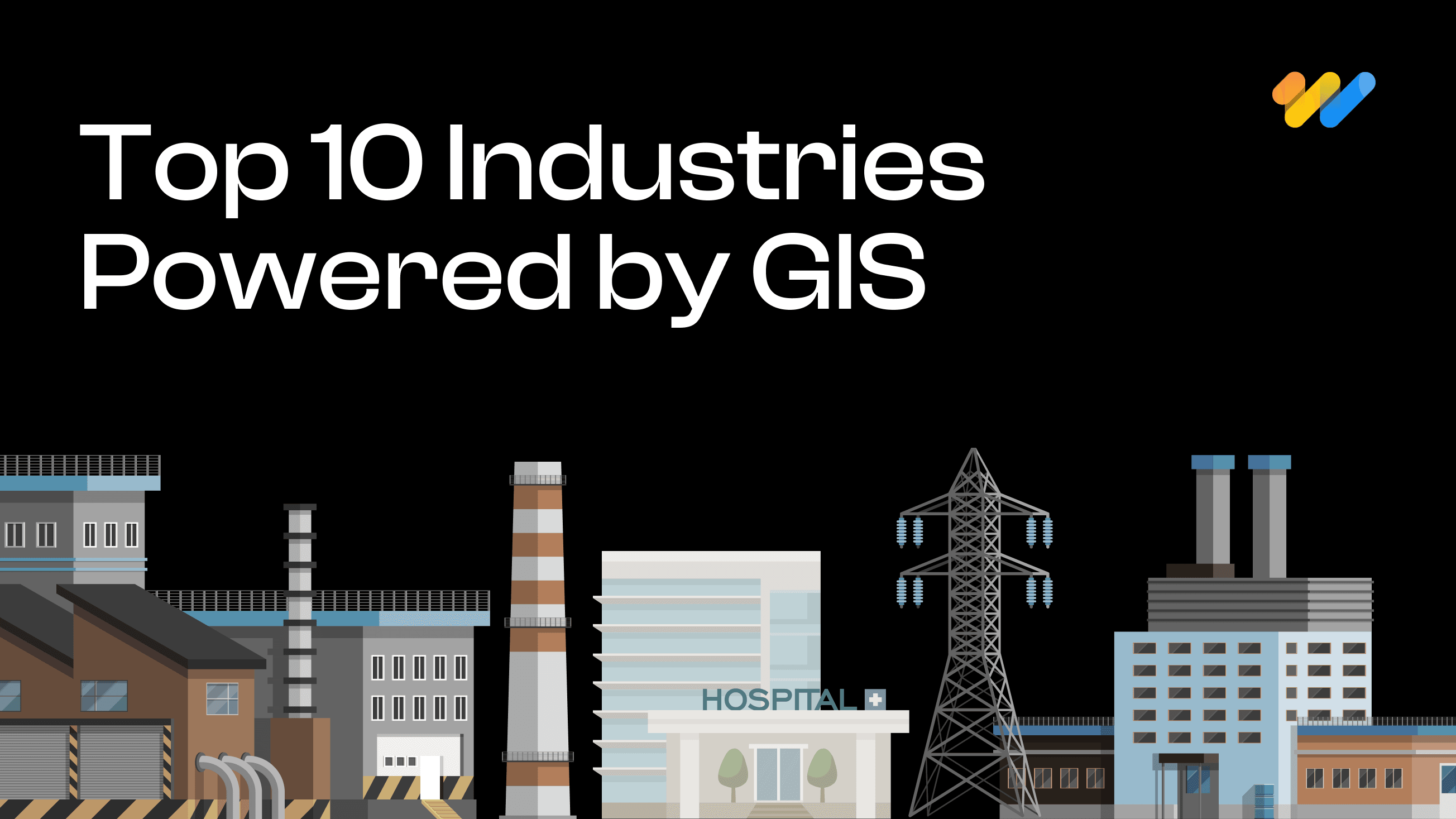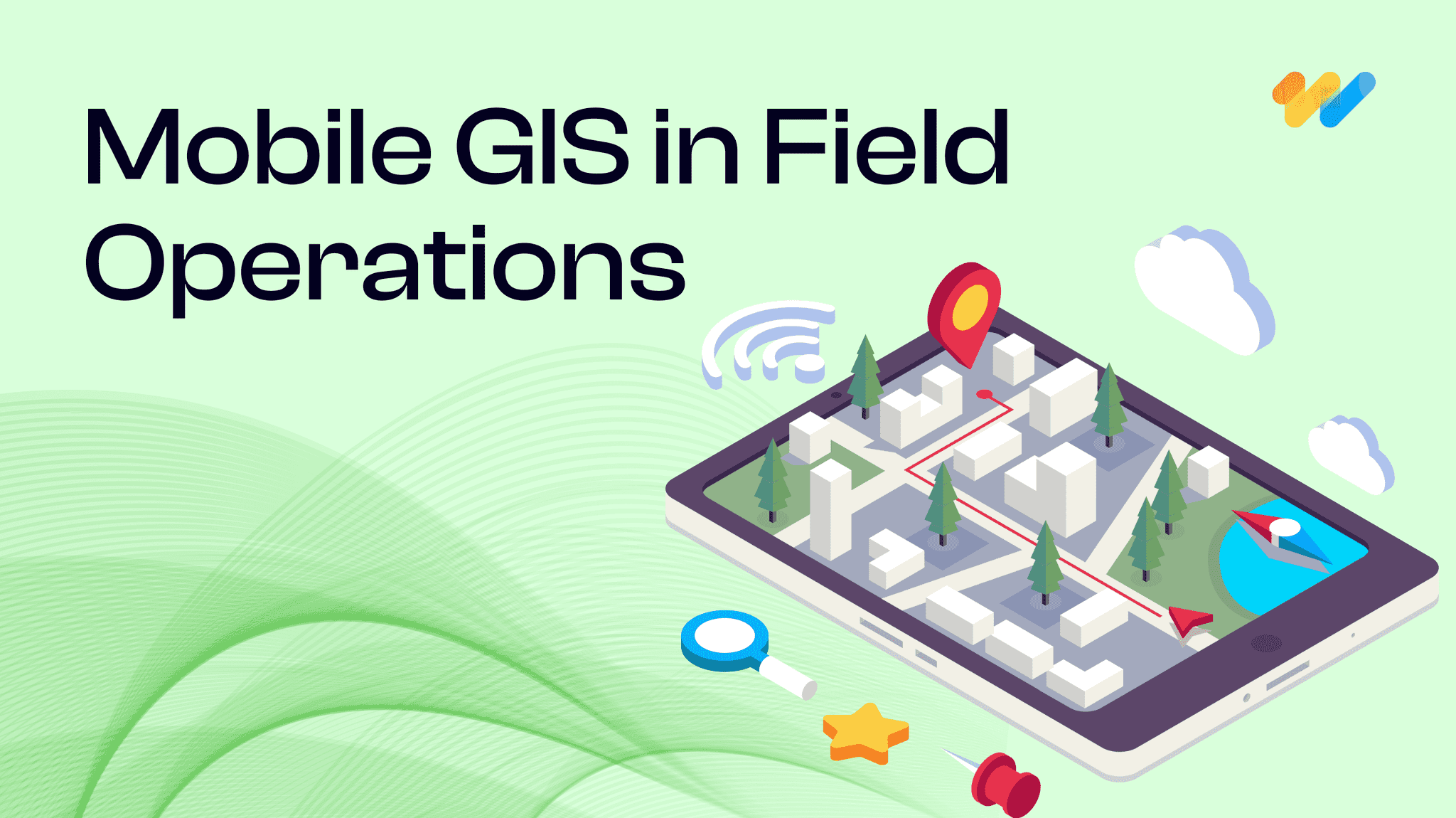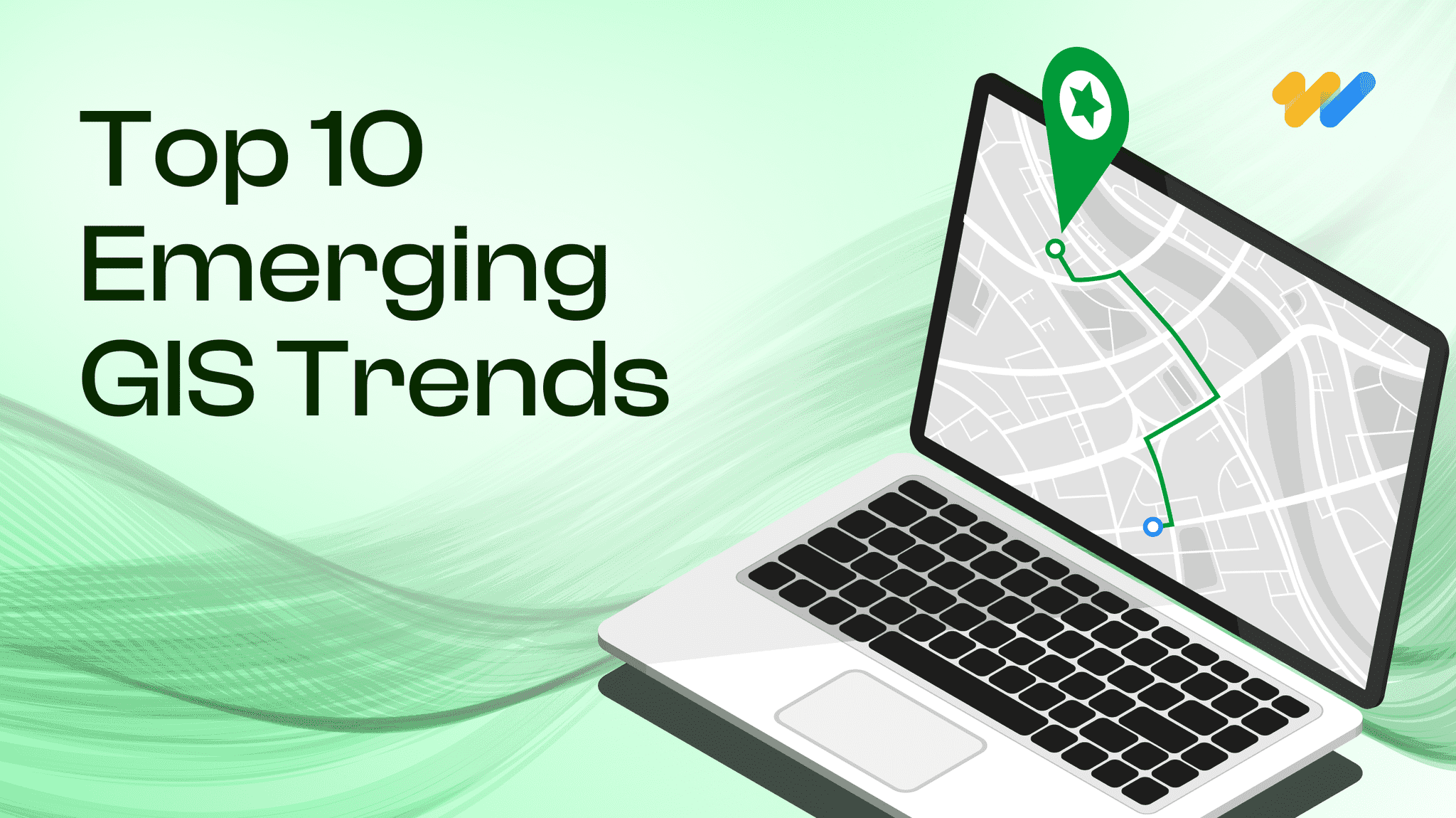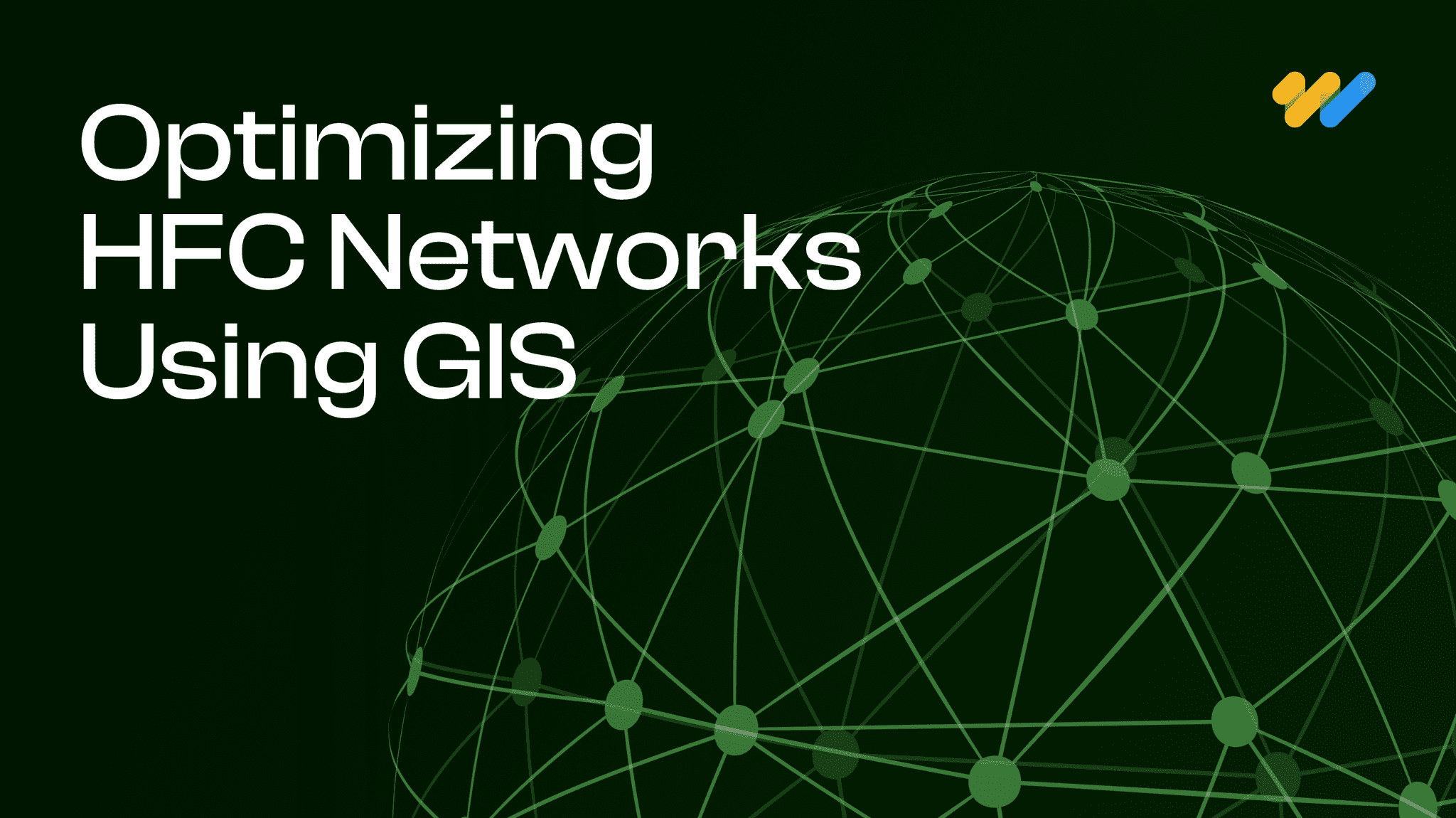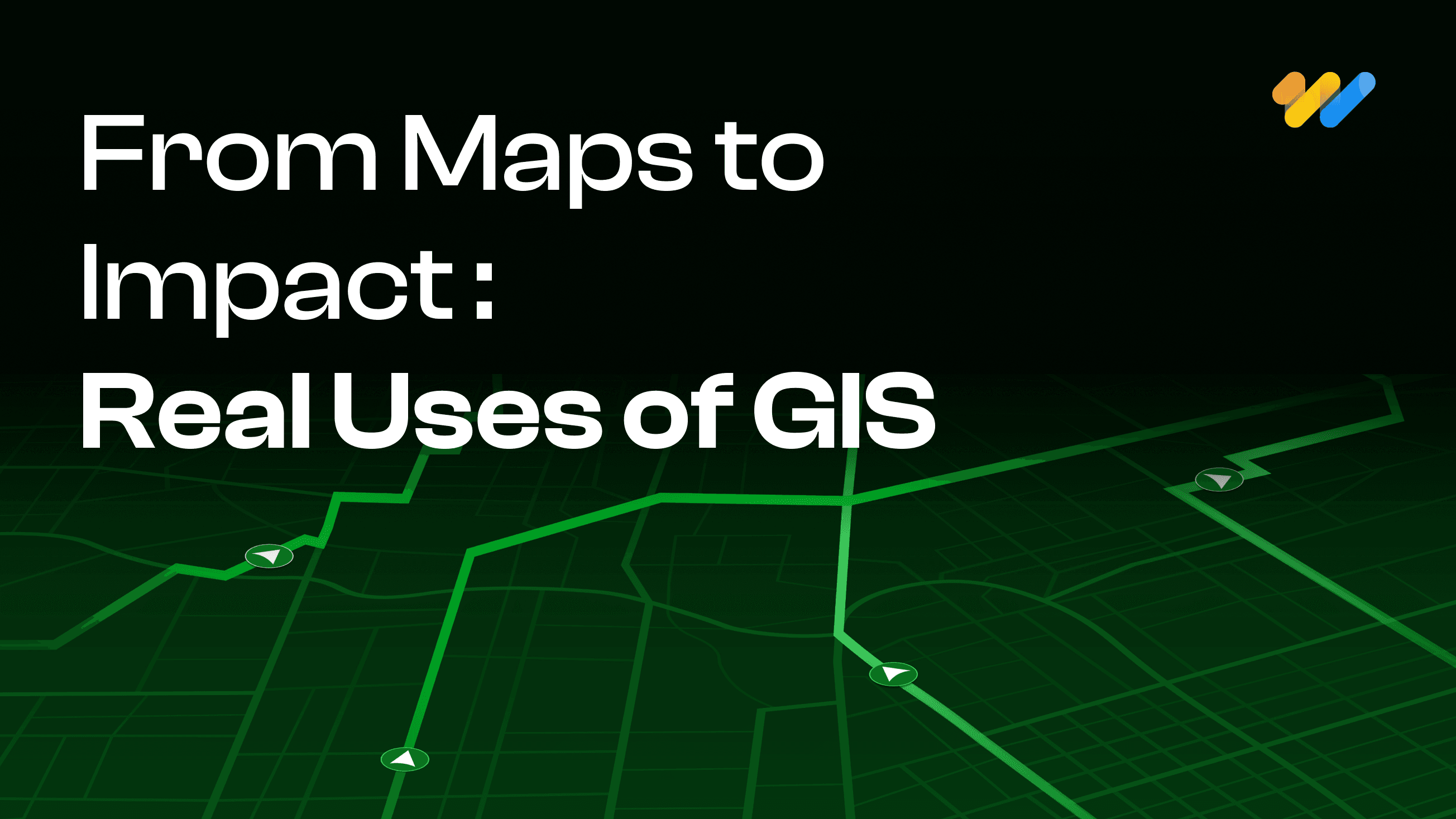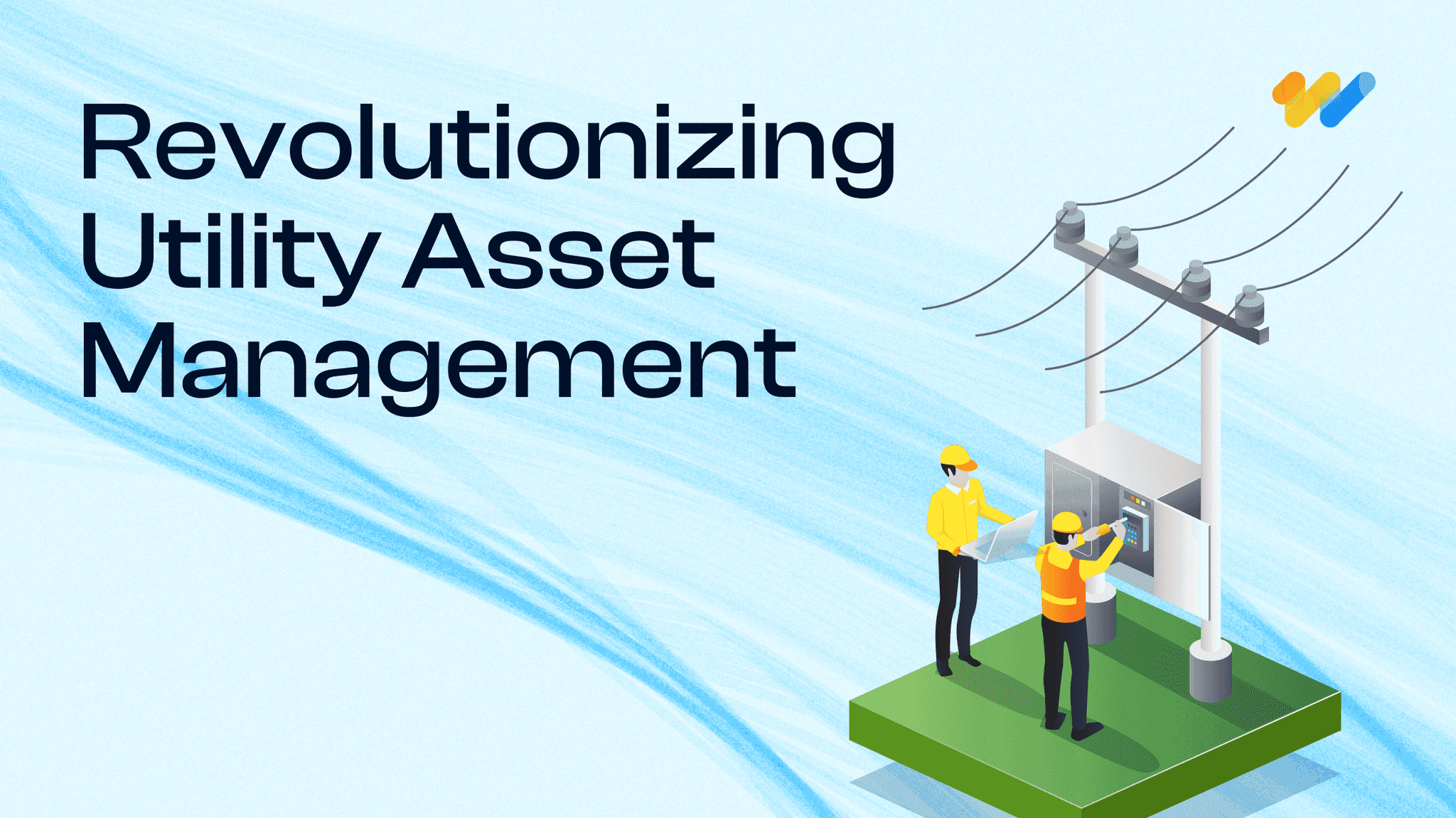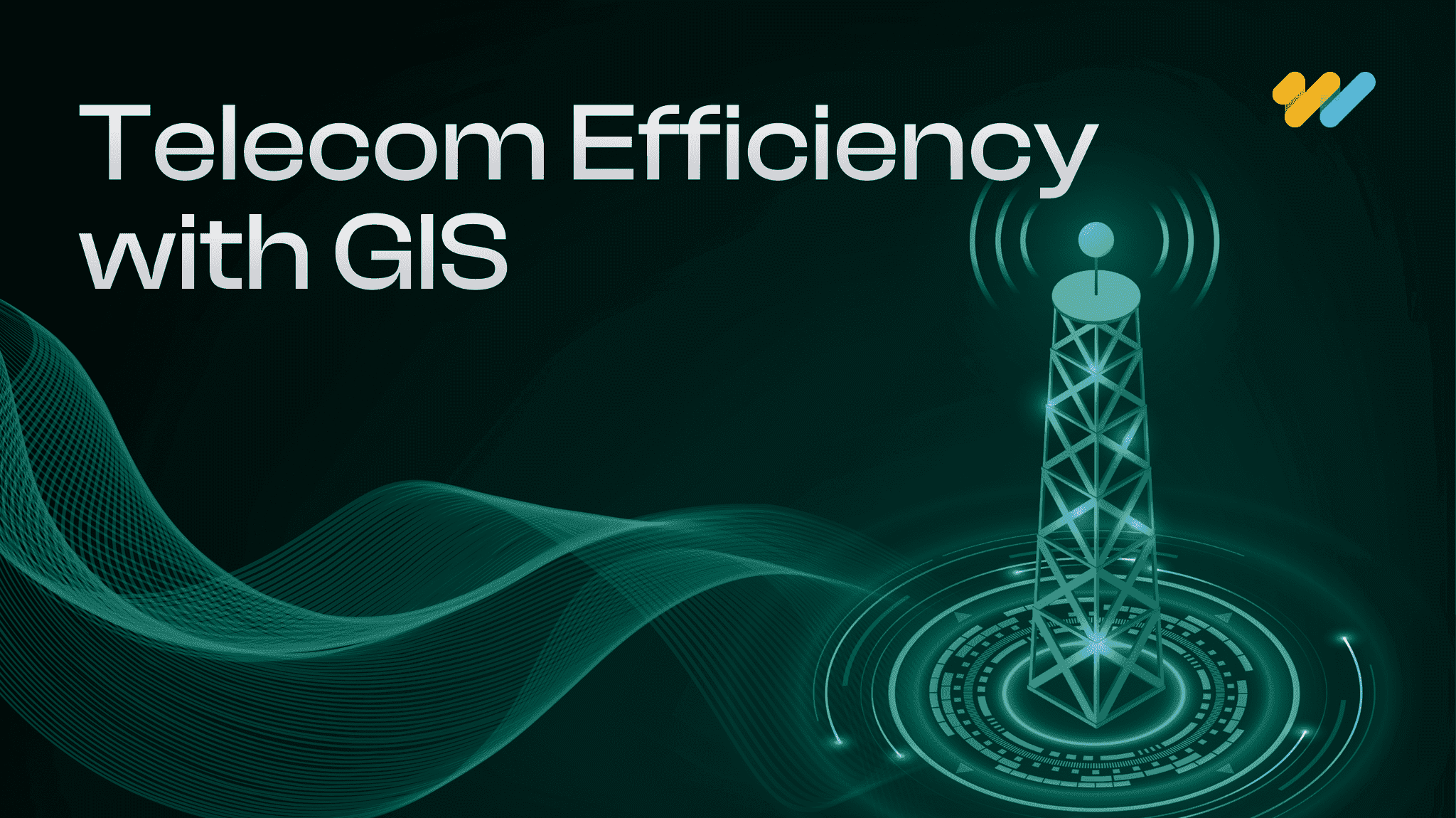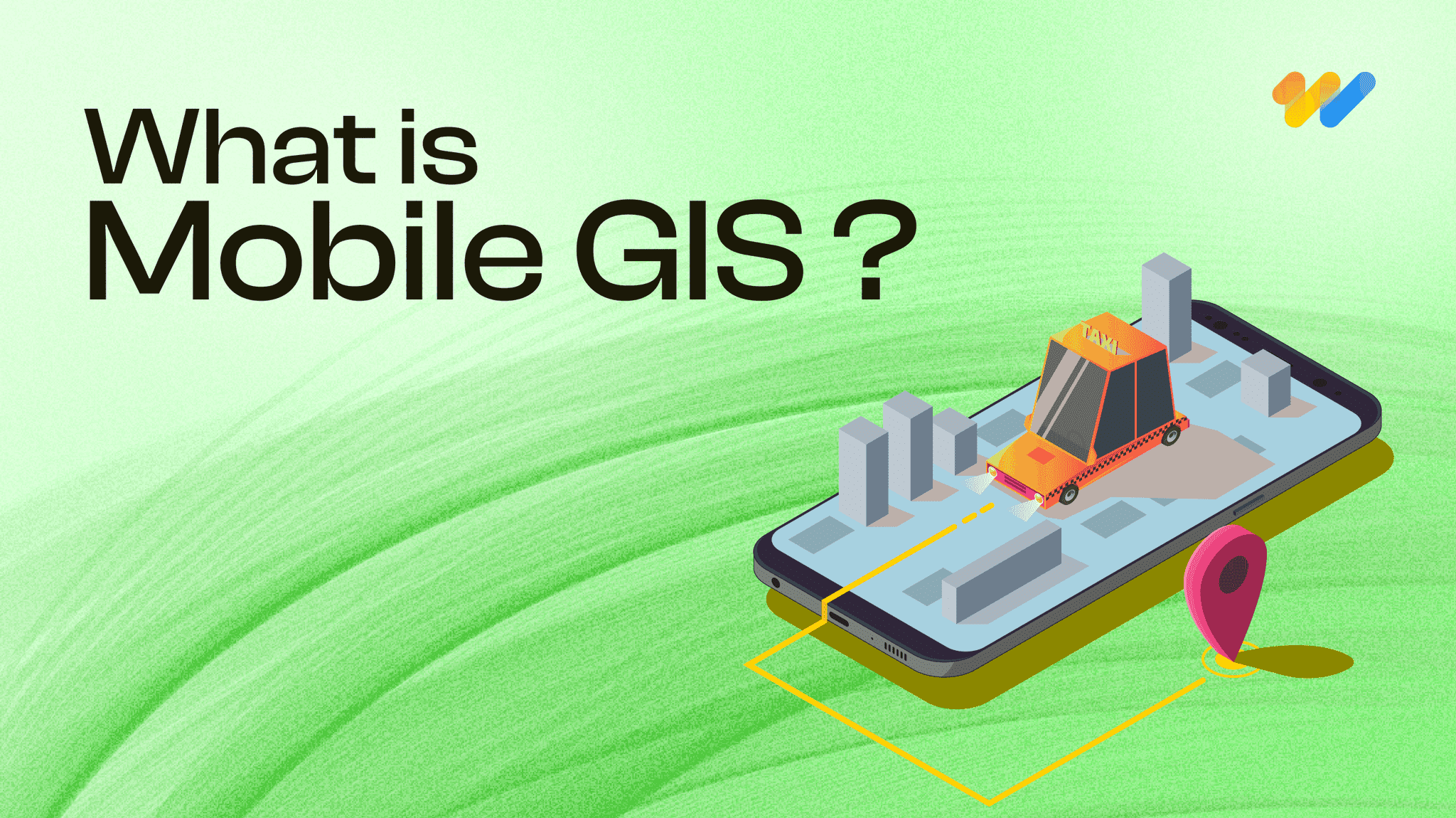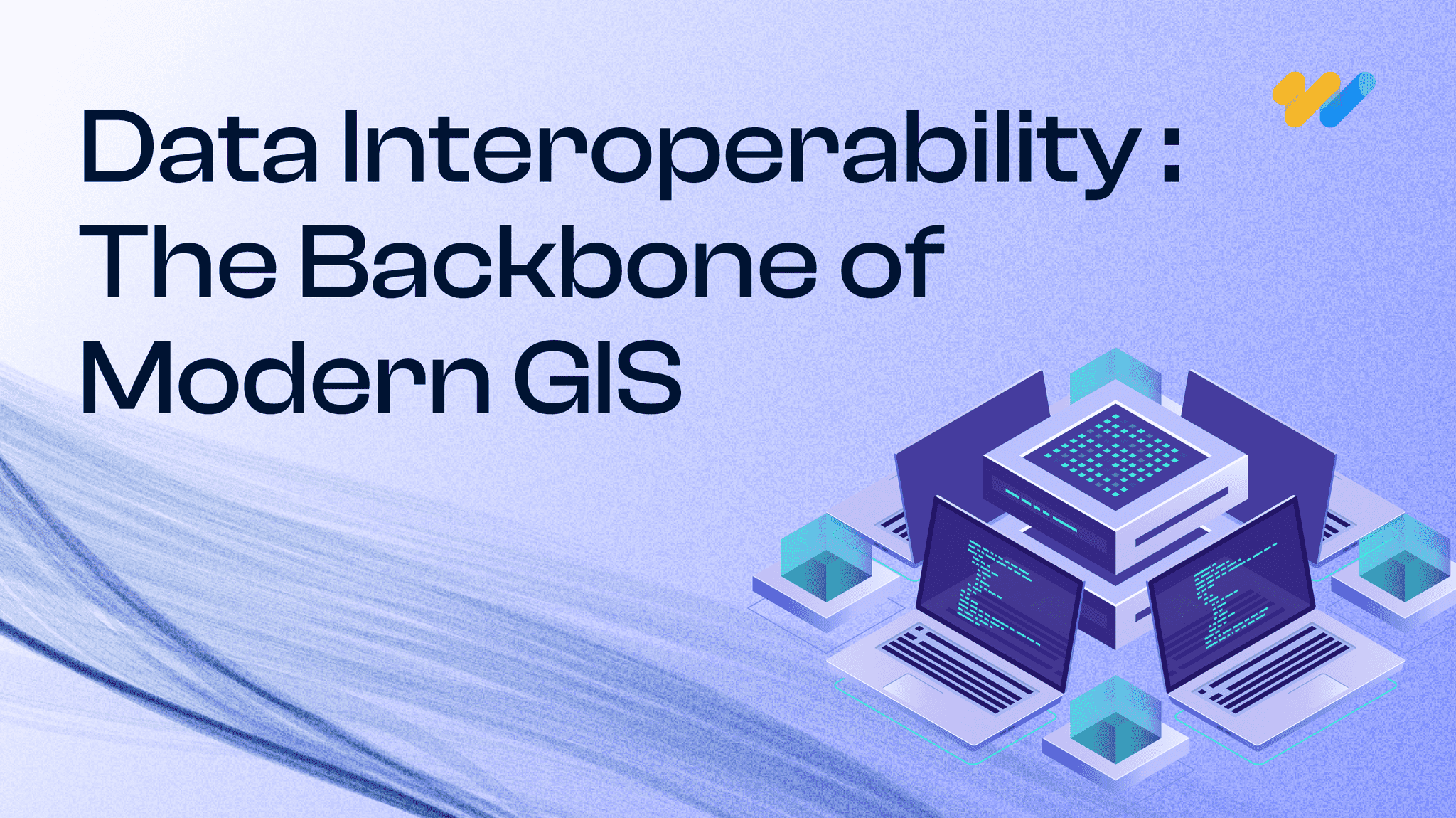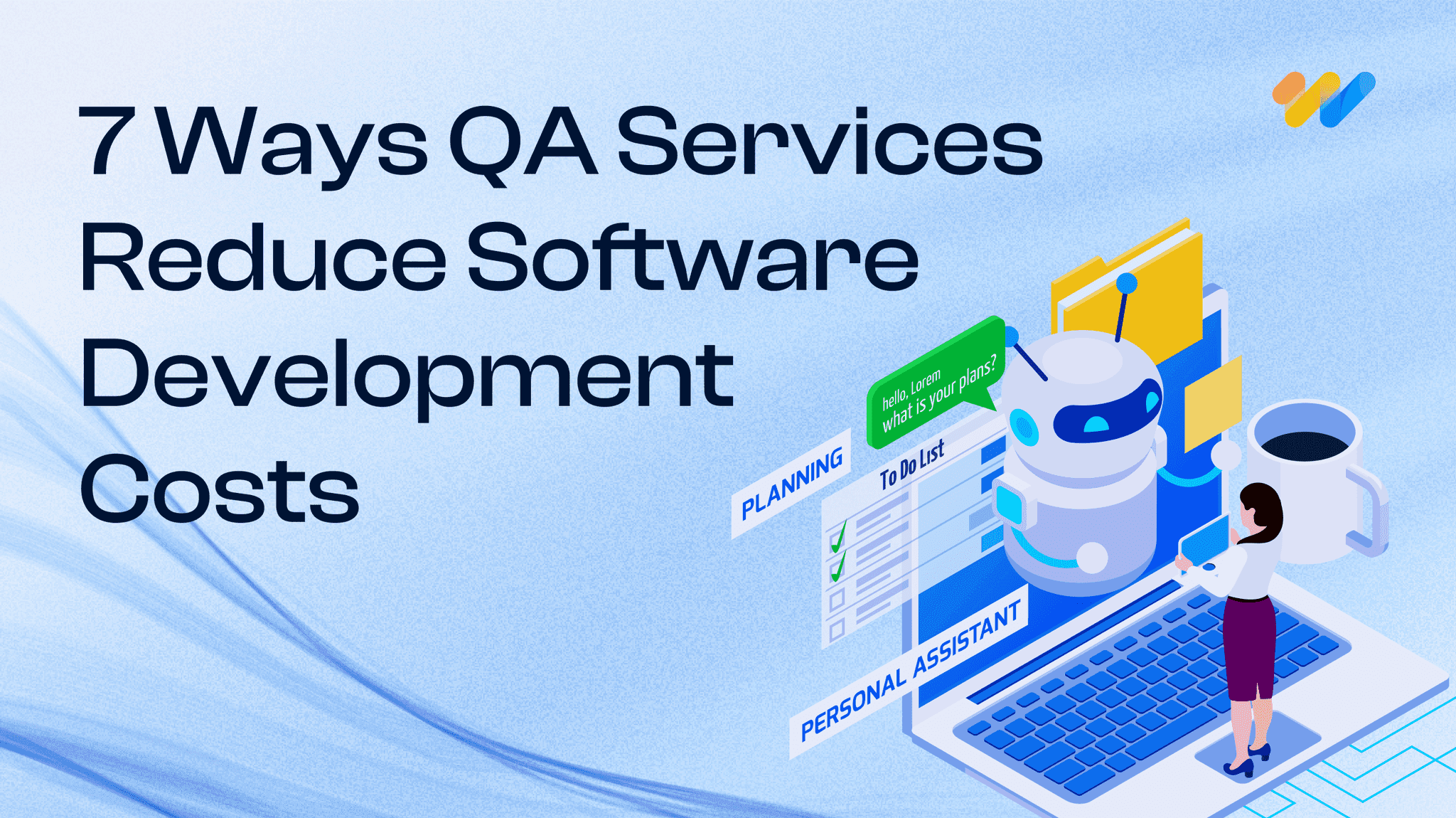How GIS is transforming predictive maintenance in the utility sector

The utility sector is the backbone of the modern economy providing vital services like electricity, water, and gas to people and businesses. Maintaining a reliable and efficient infrastructure network is critical to ensure uninterrupted service delivery. The utility sector consists of a vast network of geographically dispersed assets, making timely maintenance a labor-intensive and disruptive process and always a challenge. Traditionally in utility management, maintenance was a reactive or corrective approach, with crews scrambling to fix issues after they occurred. However, this approach often led to costly downtime, unexpected disruptions, and inefficient resource allocation.
In recent years, a more proactive approach to utility maintenance has emerged with the advancement in technologies like data science, AI, ML, IoT, and Geographic Information Systems (GIS). Predictive maintenance is a game-changer in utility management and helps to anticipate potential failures before they happen. And, GIS serves as a powerful tool here for leveraging spatial data to predict equipment failures and optimize maintenance strategies.
GIS is a powerful technology that captures, stores, analyzes, and visualizes geographic data. It allows utilities to map their vast infrastructure networks – power lines, pipelines, transformers, and more. This digital representation, often referred to as a “spatial inventory,” is the foundation for data-driven predictive maintenance. A GIS system serves as a digital map integrating various data layers, including:
- Asset Location: Precise location of physical assets in utility infrastructure like transformers, pipelines, and meters.
- Network Topology: Connectivity details of the infrastructure network, including pipelines, power lines, and water distribution systems.
- Historical Data: Past maintenance records, sensor readings, and environmental data.
Role of GIS in predictive maintenance of utility infrastructure
GIS provides a centralized platform for integrating and analyzing various data sources. By integrating this spatial data with advanced analytics, utilities can gain valuable insights into the health and performance of their assets. This empowers utility managers to make data-driven decisions about maintenance strategies, resource allocation, and future infrastructure investments. GIS acts as a system of records that holds vast and complex utility network infrastructure data and as a system of insights enabling predictive maintenance in utilities.
- Spatial context and location intelligence
Over 90% of utility data has a location component and can be accessed through with proper satellite imagery-based mapping and update the field inputs using mobile apps. GIS integrates external location data with existing network and operational data. This enables utilities to identify trends and patterns that might be invisible otherwise. For instance, analyzing historical maintenance records alongside soil type and weather data can reveal areas prone to pipe corrosion. - Risk assessment and prioritization
GIS allows utilities to create risk maps depicting the risk of failure of network assets based on multiple factors like asset age, material type, historical maintenance records, and environmental conditions. By prioritizing critical and high-risk assets, utilities can optimize maintenance schedules, focusing resources where they are most needed. For instance, GIS helps create detailed pipeline maps to locate vulnerable sections and prioritize repairs during emergencies. - Real-Time Monitoring
The Internet of Things (IoT) revolution has led to a surge in sensor-equipped utility infrastructure. These sensors collect real-time data on various parameters – temperature, pressure, vibration – which can be integrated with the GIS platform to enhance situational awareness and monitor asset health. Analyzing sensor data in a geospatial context can help utilities detect anomalies that might indicate an impending failure. - Predictive Analytics
GIS platforms can be easily integrated with advanced ML algorithms for predictive analytics. These algorithms can analyze historical data and sensor readings to predict future equipment failure with high accuracy. They learn from weather patterns, historical outages, and external events to anticipate potential problems before they disrupt service.
Benefits of GIS-based predictive maintenance in utility management
GIS provides improved asset visibility, asset tracking, and monitoring enabling efficient maintenance of the utility infrastructure by prioritizing maintenance activities, improving asset lifecycles, and responding faster to emergencies. Mobile GIS application also facilitates real-time communication and collaboration between field and office teams. Let’s look at the benefits of using GIS for utility infrastructure maintenance.
- Better planning
Location intelligence helps utility managers make informed decisions about infrastructure maintenance activities. For instance, when planning scheduled maintenance activities, they can choose time, resources, and methods based on factors such as load, demand, risk, and criticality. - Optimized maintenance operations
Utilities can optimize maintenance schedules and resource allocation by analyzing asset location alongside factors like population density, environmental conditions, and historical repair data. This can also help equip technicians with the right information to resolve issues in minimum time and visits. - Reduced downtime and improved reliability
GIS enables utility providers to proactively address potential issues and mitigate risks which can significantly reduce unplanned outages. This translates to increased safety better service reliability for customers and fewer disruptions. - Enhanced cost efficiency
Predictive maintenance allows utilities to optimize resource allocation, focusing efforts on critical repairs. This reduces the need for emergency repairs which are often more expensive. Additionally, extending asset lifespan through proactive maintenance saves money on replacements. - Positive customer experience
By understanding customer demographics and usage patterns, utilities can tailor their services and communication strategies, leading to improved customer satisfaction. For instance, using location data, utilities can identify customers likely to be affected by outages and send targeted communication with estimated restoration times in advance. - Improved public safety
Predictive maintenance helps prevent catastrophic failures that could pose a threat to public safety. For instance, identifying and repairing aging pipelines before leaks occur can prevent environmental damage and service disruptions. GIS also provides enhanced situational awareness enabling faster response times during emergencies.
Conclusion
GIS empowers the utility sector with a centralized system for data management, communication, and analysis to maintain a safe, reliable, and efficient distribution network.
As GIS technology continues to evolve with advancements in AI and big data analytics, its role in utility management will be more profound, driving efficiency and innovation in the face of growing global demand and environmental challenges. By harnessing the power of spatial data and advanced analytics, utilities can move towards a future of efficient operations, reduced downtime, and a more sustainable infrastructure.
Optimize the efficiency of your utility network with GIS. Talk to our experts.

